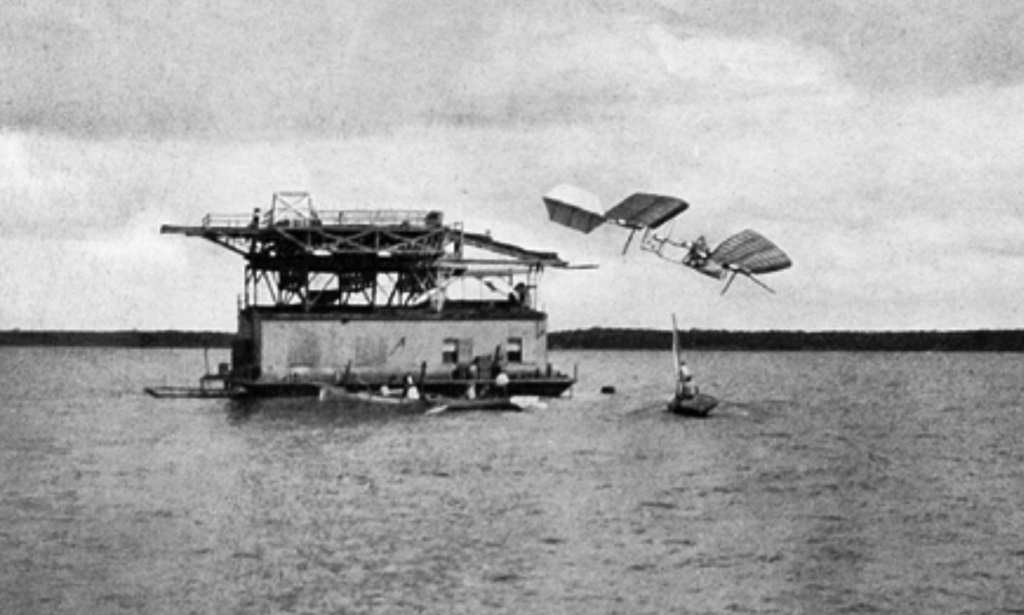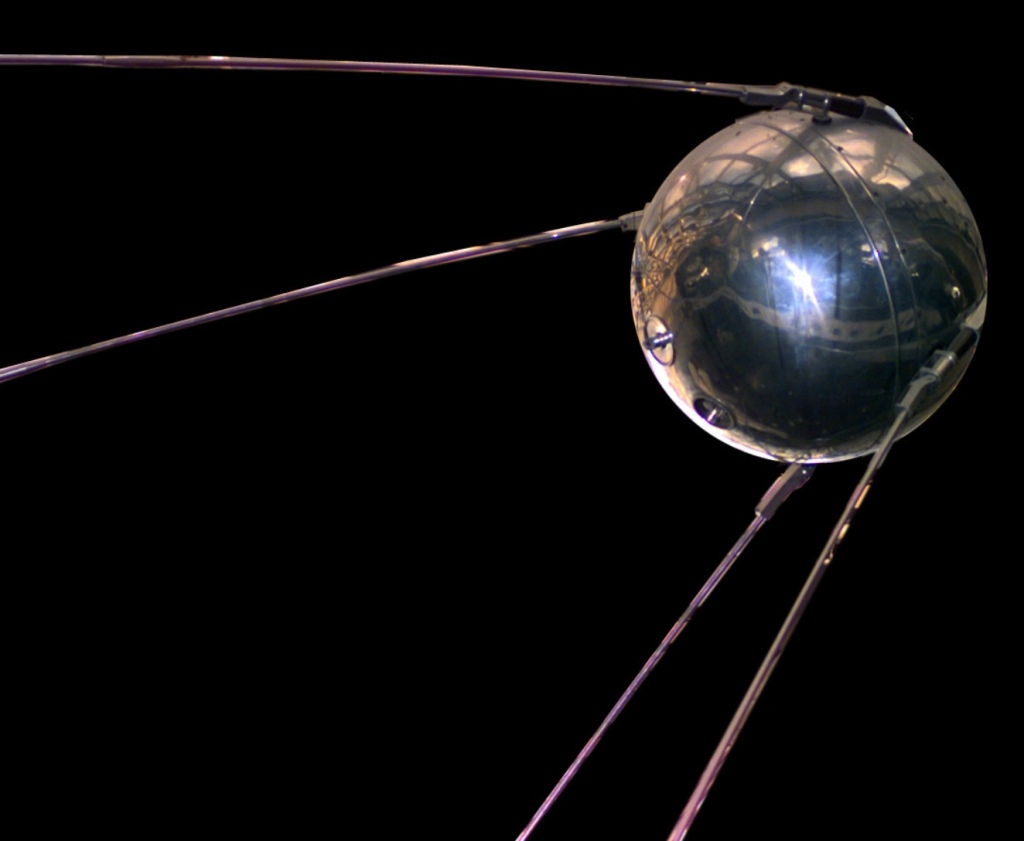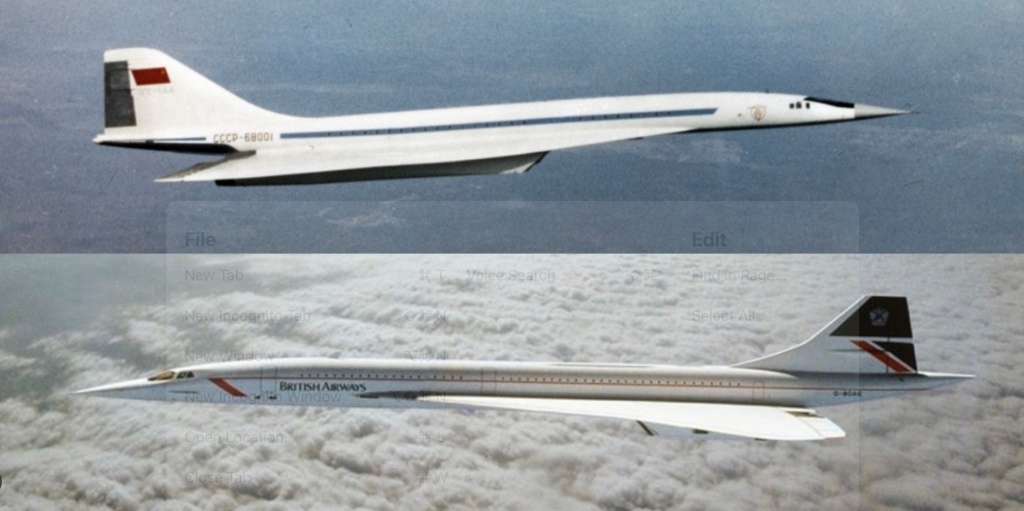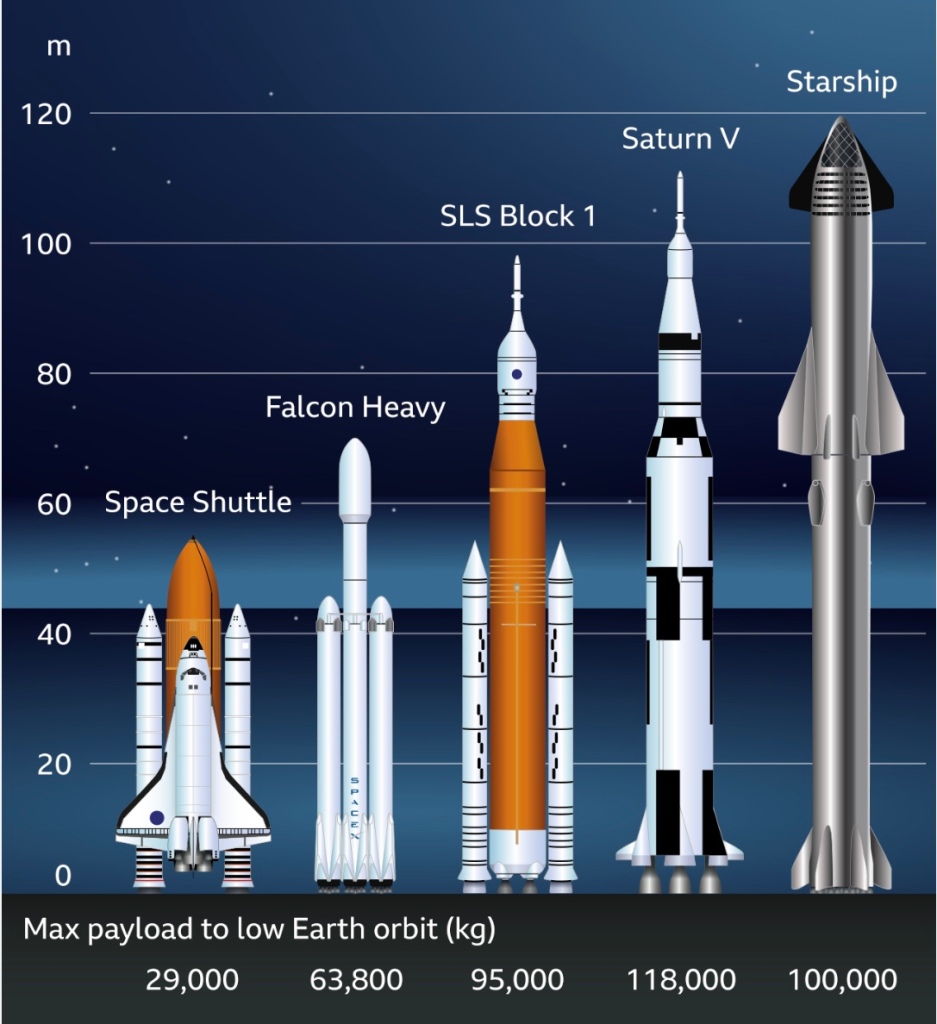Aerospace is a term that came into being in the mid 1950s and encompassed a wide array of topics from aeronautics, the study of planes and other flying machines and space flight. The term evolved over a period of almost four centuries.
Pre Flight
Leonardo Da Vinci the Italian painter / wizard / illuminati / visionary first sketched and conceptualised several different flying machines including gliders and ornithopters (a machine that achieves lift by flapping its wings) in the 1500s.

It fell upon Sir George Cayley in the early 1800s to get the concepts of aerodynamics organised into the fundamentals of flight. Sir George surmised that flight can be achieved by aerodynamic lift and this can be achieved by making a surface support weight by the application of power to the resistance of air, the surface being the airfoil in a wing of an aircraft and the power coming from an engine. Cayley’s fundamentals of aeronautics hold true even today and he is considered the ‘Father of Aeronautics’.
While the basic theory of aeronautics held true through rigorous experimentation, constructing an airfoil with control surfaces and a light weight engine to drive propulsion would take another hundred years.
Otto Lilienthal of Germany is considered very influential in the development of airfoil design and conducted over two thousand glider experiments including working on control surfaces. He was killed in a glider crash in 1896 as his glider stalled at height and crashed to the ground (he was testing new control surfaces).
Samuel Langley and his Aerodrome 5 is generally considered to be the first powered flight achieved in 1896. However it was powered by a steam engine and had almost no directional stability or control. It did fly 3300 feet and showed that powered flight was possible.

Enter the Wright Brothers, bicycle mechanics Orville and Wilbur Wright.Over a four year period between 1899 – 1903 they perfected three concepts very important to flight. The first was power delivery, they custom built a lightweight gasoline powered twelve hp internal combustion motor that drove the propellers of the Flyer 1. The second they developed the concept of wing warping which gave the aircraft directional control as it banked. This is the basis of aircrfa design even today. Third : They developed pitch control that controlled the attitude of the aircraft. These three together gave the aircraft three dimensional control. Their first controlled flight was achieved on December 17, 1903 and flew a total of 120 feet. Along the way they did create what will become the first take off track (runway) and definitely was the first MRO facility at Kittyhawk and lounge!

By the time they got to the Flyer 3 in 1905 they had flown the longest distance of 24.2 miles, an increase of almost 2000% over their first flight in two short years. In the year 1908 the Wright Brothers were involved in the first fatality involving powered flight when Lt Thomas Selfridge died in a Military Flyer crash at Fort Myers, Virginia.
The Flyer 1 sparked a century of aeronautical evolution that continues to this day.
TransAtlantic Flight
On May 20-21,1927 as Charles Lindbergh flew his way into the history books, little did He know that he would spark a global revolution. He flew ‘The Spirit of St Louis ‘ a single engined monoplane manufactured by Ryan Airlines Corporation for 33.5 hours non stop and a distance of 3,600 miles (5,800 kilometres).

This not only set the benchmark for endurance but with the flight, but this feat created the TransAtlantic Airplane passenger market. Imperial Airways offered passenger flights in The Hannibal with approx 5-6 overnight layovers and Pan Am followed with their Clippers in 1931. This traffic created TransAtlantic infrastructure. Infrastructure creation is the fundamental basis of the Gemini & Apollo programs to the Moon and all other Earthbound and Space missions that followed.
On October 4th, 1957 the term aerospace was fulfilled when Sputnik became Earth’s first artificial satellite in space and Aeronautics was now Aerospace. In the year 1958 aerospace engineering came into being, the first institution to offer the course was MIT.
Space Flight
Sputnik realised a long cherished dream of Mankind when it was launched into space in an elliptical low Earth orbit that ranged between 134 – 583 miles. This first move by the USSR sparked off the space race and an era of enormous technological advances.

In 1961 Yuri Gagarin was the first man in space and the USA could not have another second spot to the USSR. It was in 1962 that President Kennedy announced that the USA would have a man on the Moon before the decade was out.
The Karman Line came into being in 1963 and was officially accepted as the edge of space (where the atmosphere ended) at a height of 62 miles (100 kilometres) above the surface of the Earth. This is the finish line for aeroplanes and the start line for spacecraft!

While there was plenty of data on aeronautical flight, very little was known about spaceflight. The X 15 program, a hypersonic rocket powered plane that flew at Mach 6.7 was launched from a B-52 Bomber at approx 50,000 feet. It would then ignite its rocket and get upto a height of 100 kilometres (62 miles). A total of 199 flights were conducted from the late 1950s through to the early 70s.
The data gathered by these flights was invaluable to the Gemini & Apollo programmers that eventually landed Man on the Moon and the Space Shuttle program as well.
Post the Moon Flights which created the vision of Mankind as an interplanetary species, a series of missions were undertaken for us to understand the effects of zero gravity on the Human body , these Space Laboratories have contributed immensely to our understanding of space. The ISS has been the longest in space for over twenty three years.
The X-15 is the first example of, is it a rocket, is it a plane? The second was the Space Shuttle and the third will be the SpaceX Starship. The concept of Aerospace just got stronger.

Supersonic Flight
Legendary Gen Chuck Yeager (who once liked my tweet!!) was the first human being to fly supersonic on October 14,1947 in the Bell X-1 named ‘ Glamorous Glennis ‘ after his wife.

From that moment in December 1903 when the Flyer 1 first flew, there have been three objectives to all air travel: speed, height and endurance. If Lindbergh was the epitome of endurance then Yeager came to stand for speed. Height ( endurance and speed!) would go to the SR-71.

However for speed to be achieved in multiples of Mach (the speed of sound), propellers would not do it, the aircraft needed turbofans (read jets). While the Bell X-1 was powered by a rocket engine, the ubiquitous jet engine of today was invented by Sir Frank Whittle and would be the mainstay of all supersonic aircraft.
Supersonic flight has continued to be the mainstay of air forces across the world, however supersonic speeds are not about endurance, which is what makes the Concorde and the Tu-144 so special. Both aircraft could fly supersonic for hours (the Concorde had far superior endurance) .

Our understanding of Supersonic flight characteristics have gone a long way to bridge our understanding of high speed flight characteristics of reusable spacecraft such as the Space Shuttle and of the future of Space flight the Starship.
Aerospace is a crossover.
Future Flight
The Saturn V rocket that carried the Apollo missions to the Moon and the Skylab to space remains the only rocket to have carried humans beyond the LEO (Low Earth Orbit). At over 363 feet tall and 33 feet in diameter it was huge. Over three stages it generated 7.5 million / 1 million / 200,000 pounds force (lbf), the decreasing order of force over the three stages is the decreasing atmospheric force as the rocket rose and gathered momentum. It remained the largest rocket ever created for over fifty years.

On April 20,2023 Saturn V lost its long held crown of the biggest rocket ever made and flown to the SpaceX SuperHeavy. The SuperHeavy has 33 raptor engines generating over 16 million pounds of thrust and at over 230 feet high and 29.5 feet diameter is only the first stage of the full stack. Sitting on top of SuperHeavy is the Starship with height of 164 feet with the same diameter , which generates an additional 3.3 million lbf. The full stack comes in 394 feet making this biggest ever constructed.
Much like the evolution of flight when Lindbergh created the vision of the TransAtlantic aerial route , airlines and countries followed suit by creating an infrastructure chain to ensure the TransAtlantic Clippers and Hannibals stayed on time , we observe the same happening with SpaceFlight.
The NASA Artemis Base on the Moon surface and gateway are steps in the same direction of creating infrastructure in space as we evolve into an interplanetary species.
SpaceX is sending tanker ships (Starships without windows) in LEO for their planned Mars missions.
The term Aerospace was born of necessity (even NASA stands forNational Aeronautics & Space Administration) in the considerable overlap between Flight & SpaceFlight.
An important term was born…
Credits:
NASA
SpaceX
ChatGPT
YouTube
Plenty of missed credits…sorry